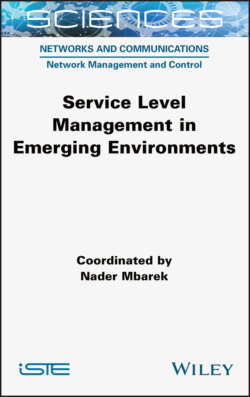Читать книгу Service Level Management in Emerging Environments - Nader Mbarek - Страница 54
1.6.3. QBAIoT performance evaluation 1.6.3.1. Simulation environment
ОглавлениеAs part of the QBAIoT performance evaluation, we use the OMNeT++ network simulator by adapting an IEEE 802.15.4 model available for OMNeT ++ (Kirsche 2018). Adaptation consists of not only deleting the non-contention period (CFP) and the inactive part of the standard superframe but also creating different QoS CAPs within a single superframe. Different simulation scenarios are carried out by varying the number of QoS classes in the considered IoT environment. Table 1.1 describes the configuration and characteristics of the different simulation scenarios in terms of the number of existing QoS classes, the number of objects per class and the distribution of slots by class.
Table 1.1. Parameters for the QBAIoT simulation scenarios
| RTMC objects | RTNMC objects | Streaming objects | NRT objects | Configuration of the slots | |
| Scenario 1 | 3 | 0 | 0 | 0 | 16 |
| Scenario 2 | 3 | 3 | 0 | 0 | 9/7 |
| Scenario 3 | 3 | 3 | 3 | 0 | 7/6/3 |
| Scenario 4 | 3 | 3 | 3 | 3 | 6/5/3/2 |
The common value for the BO and SO is set to 2 as at least one real-time QoS class exists in all the scenarios considered. The packet size used in the different simulation scenarios is 50 bytes with a generation interval of 0.25 sec. The duration of each simulation is 100 sec, with a star topology based on a coordinator, namely the QBAIoT gateway.
